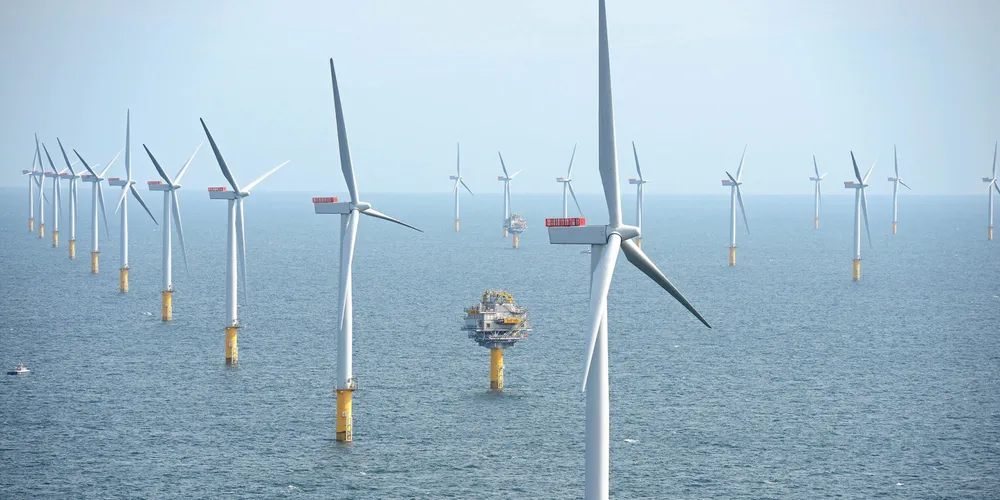'Turn wasted wind power into green hydrogen and save UK billions': study
Government must incentivise generators to use excess energy for ‘positive purposes’ rather than collecting curtailment payments, says report

Government must incentivise generators to use excess energy for ‘positive purposes’ rather than collecting curtailment payments, says report
